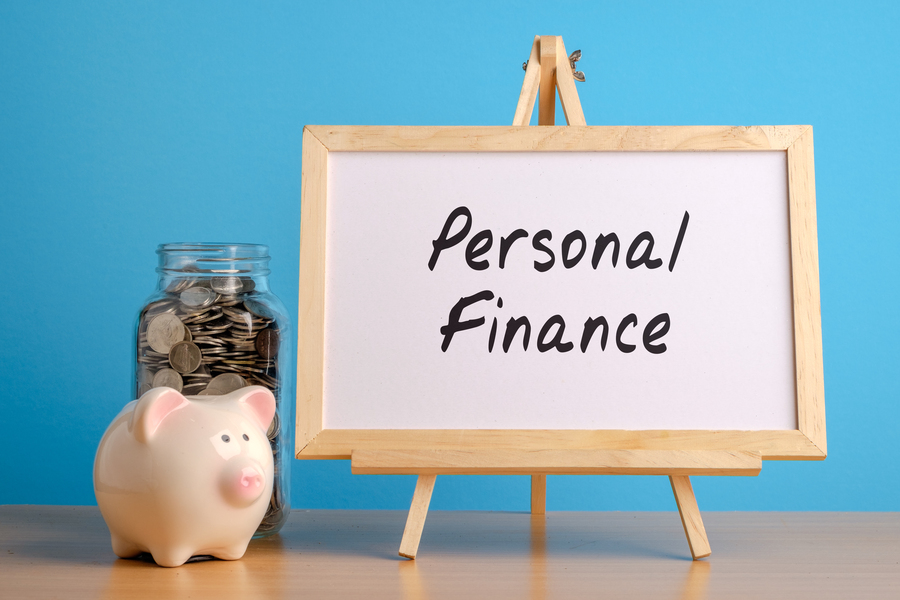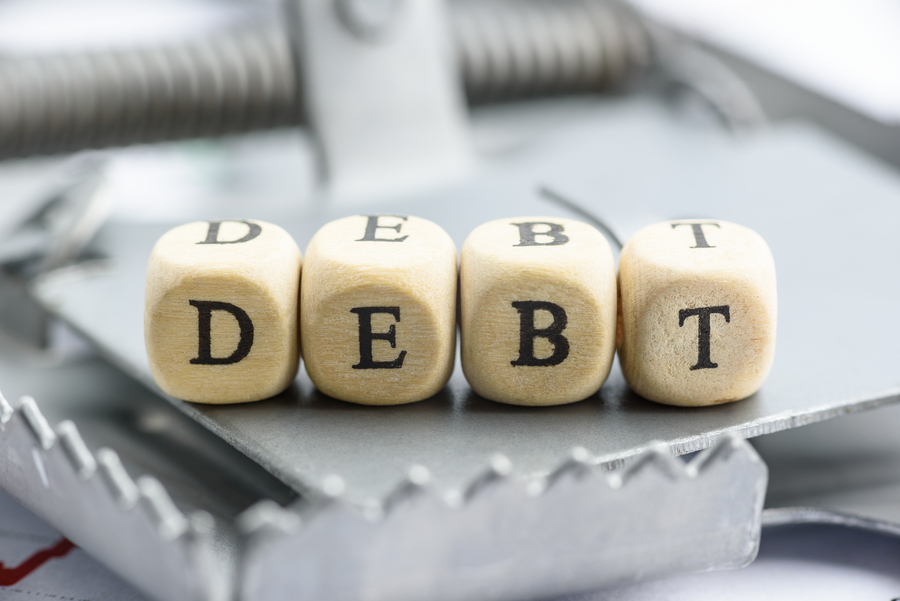I WANT
RELATED LINKS
I WANT
RELATED LINKS
RELATES LINKS
I WANT
RELATES LINKS
Services
Related Links
Use and Management of Cookies
We use cookies and other similar technologies on our website to enhance your browsing experience. For more information, please visit our Cookies Notice.
- Personal Banking
- Stories & Tips
- Tips for You
- Check your Financial Health through Analysing your Debt
- Personal Banking
- ...
- Check your Financial Health through Analysing your Debt
Check your Financial Health through Analysing your Debt
27-07-2020
When you want to find out how your health is doing, you do an annual checkup and if the results show that you are at risk of developing a disease, you quickly respond by getting treatment or a cure. Similarly, if you want to know how your “Financial Health” is doing you will need to know how to analyze your personal financial statements.
When faced with the term “Personal Financial Statements”, many people may feel that it has something to do with accounting and, therefore, found it hard to understand. But, in reality, it is something that is closer to home than you think, and with it, you are able to quickly evaluate the condition of your “Financial Health”.
A Personal Financial Statement is a document or spreadsheet which summarises an individual’s financial position at a given point in time which shows how many assets and liabilities an individual has. To figure your personal financial statement, take your generated Income/Assets – Expenses/Liabilities in each period (i.e. Monthly, Quarterly, Yearly). After adding and subtracting these variables, you will be able to figure out your financial status known as “Net Wealth”.
Therefore, a personal financial statement consists of 2 parts which are assets and liabilities. Assets refer to money or anything that has monetary value. Liabilities refer to loans and debts created that must be repaid.
Notice that when referring to assets, most people have a good understanding of what assets are. Liabilities, on the other hand, may cause confusion and misunderstanding among people. For example, some people tend to forget to calculate the interest rate into the principal that they have to pay, or some people agree to be a guarantor without realizing that being a guarantor is another type of debt. More importantly, some people do not categorize their types of debt into short-term debts and long-term debts resulting in mistakes being made in their debt management.

If you end up taking out a loan and using it to benefit your quality of life and the level of debt created is at an appropriate level, then it enables you to manage the repayment of that debt. But, if you end up taking a large loan that is beyond what is necessary and incur too much debt that you are unable to pay it off, negative consequences will follow. Therefore, control the amount of debt created so that it is at an appropriate and manageable level which can be seen from the financial ratio as follows:
1. Debt Service Ratio is a measurement of your ability to pay off all your liabilities with the general benchmark for the value being lower than 35% and no higher than 45% of your total monthly income.
2. Non-mortgage Service Ratio is a measurement of your ability to pay off debts resulting from consumption (Excluding debt created from housing) i.e. credit card debt, car payments, etc. This should not be less than 15% and not higher than 20% of your total monthly income.
Example: If Mr. A has a salary of 30,000 baht, this means that his ability to pay off his debt (debt service ratio) should not exceed 13,500 baht per month (30,000 x 45%) and his ability to pay for debts resulting from consumption (non-mortgage service ratio) should not exceed 6,000 baht per month (30,000 x 20%).
From the previous example, after Mr. A has created a consumption debt (non-mortgage service ratio) of 6,000 baht, he will end up creating other debt like debt from housing and accommodation which should not exceed 7,500 baht (13,500 – 6,000).
Therefore, no matter what kind of reason, before making a decision to go into debt try stopping and asking yourself these following questions:
Questions | A | B |
Are you about to go into debt because of a “Need” or because of a “Want”? | Need | Want |
Will you have enough money to pay off the debt in its entirety? | Will have enough | Not sure |
Will the number of payment installations have a negative effect on my daily spending or not? | No, it will not | Not Sure |
Is the interest per payment installation and all the interest that must be paid worth creating this debt? | Worth the debt | Not sure |
If I do not take out this loan today, will I suffer for it next month? | Yes | No |
Are there other choices or alternatives other than being in debt? | No | Not sure |
Source: การวางแผนหนี้สิน ตลาดหลักทรัพย์แห่งประเทศไทย (Debt Planner the Stock Exchange of Thailand)

If your answers to these questions are all “A”, then there is enough reason for you to go into debt and it should not cause you financial problems in the future. However, if the answer to these questions is a mixture of both “A” and “B”, your decision to go into debt may end up causing financial problems in the future. Therefore, you should delay your decision before creating more debt.
Creating debt is neither something scary nor should it be considered as mistakes in life. However, one should know how to control all their liabilities and debts, so that they are at an appropriate and manageable level allowing you to have the ability to pay the debts back. You can find out your ability and the level of debt you can incur through the analysis of your liabilities through your personal financial statements. This will allow you to recognize the different types of debt and after studying carefully and understanding your debts it will allow for effective debt management resulting in no negative consequences generated from debt in your quality of life.
